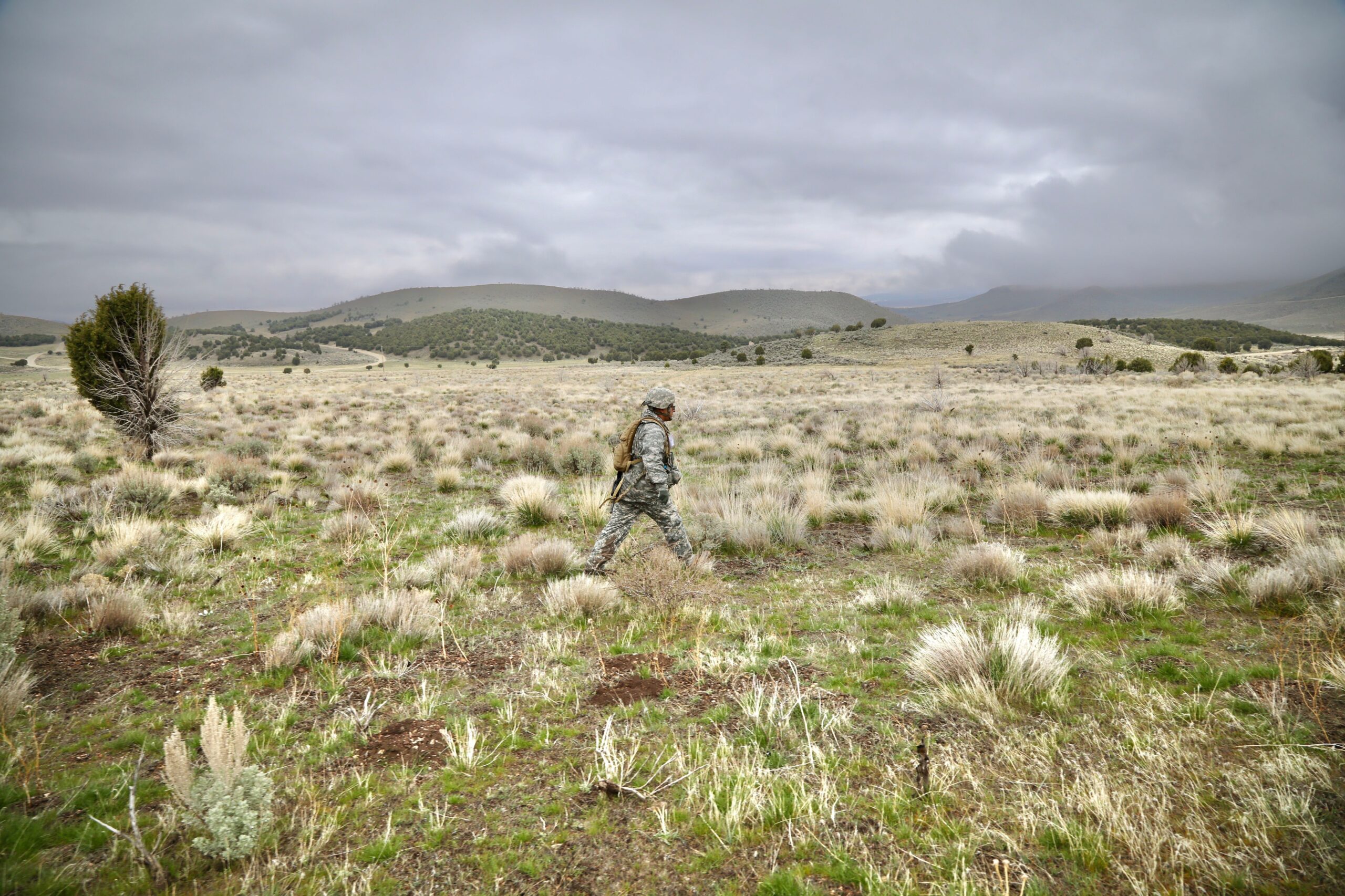Anyone who has served in our armed forces and encountered a difficult mission will tell you that when bullets fly, systems fail or other general chaos ensues, it’s the warrior’s training that enables them to overcome all impediments to get the job done. There is no substitute for tough, realistic training and testing to prepare our forces for the challenges they will face in the future.
While the defense industry is ramping up our capabilities to prevail in large scale combat operations against peer and near-peer threats, many of the facilities vital to training and testing are in an encroachment chokehold from nearby development.
When our country’s military installations were first established, they were built in remote areas to ensure distance between nearby communities. But over the decades, with the rapid and unforgiving pace of urban sprawl and residential development, that distance is shrinking and, in some cases, no longer exists. Military bases once surrounded by open space or farmland are now seeing the aggressive encroachment of housing, transportation, infrastructure networks and other development that is compromising our ability to train and be mission ready.
While serving as commander of Camp Williams, Utah, I experienced firsthand the emerging crisis of encroachment. When a new subdivision was constructed just on the other side of the base boundary, we were forced to abandon one of our primary artillery firing points due to noise, vibration and risks posed by wildfires.
Fort Indiantown Gap, Pennsylvania, discovered that the new enhanced performance 5.56mm round exceeded their installation boundary. The ability to conduct individual weapons qualification was compromised as military, state and community leaders scrambled to find a solution to continue training the most essential and basic skills for soldiers. Additionally, being the second busiest heliport in the nation, there is an ongoing struggle to address the development of wind turbines on nearby private land that would create a hazard for low level nighttime training.
Military aviation across the nation is methodically having to curb many flight tasks required to maintain pilot proficiency and ensure safety. At Marine Corps Air Station Cherry Point, North Carolina, there are two runways that can no longer be used to conduct high power run ups due to the noise impacts on surrounding communities.
And these constraints are increasing nationwide. Commanders rely on land, waterways and air space to prepare their forces for the ever-evolving mission. Over two decades ago, Congress recognized the impending threat of encroachment to our military readiness and gave the Department of Defense authority to enter into cost-sharing agreements with state and local governments and conservation organizations to promote military readiness and prevent encroachment from incompatible development. To lead this effort, DoD created the Readiness Environmental Protection Integration, or REPI, program, which prioritizes the conservation of open space and working lands near DoD bases. These solutions often involve conservation or agricultural easements, which allow private landowners to continue ownership and management of their land with certain restrictions that limit incompatibility with military training. Often these easements conserve land that contributes to a community’s sustainability by providing climate adaptation, mitigation and resiliency benefits.
We’ve used REPI funds to protect over 3,700 acres of buffer land around Camp Williams by working with willing landowners, government agencies and nonprofit partners. These lands will protect exceptional recreation opportunities, access for wildland fire response and a vital migration corridor for mule deer.
Congress appropriates funds for REPI each year, but the program requires a cost sharing, or match, to be implemented. The match can come from a variety of non-DoD sources, including federal conservation or resilience funding, and state, local or private funding. Fundraising for matching dollars is increasingly a hurdle for these projects, and a lack of matching funds can kill them. Landowners are deciding between conserving their land (which can take years to secure the necessary funding) or working with a developer with deep pockets and quick signatures.
The military is not buying more land to establish new bases. To use the technology that our partners and defense contractors are developing and prepare our military for future wars, we must secure the buffer land around our existing installations and ensure our bases are adaptable to climate change and future development. As stated in a recent REPI report: “Protection of these parcels is time sensitive. Once these lands are subdivided and developed, the impact to nearby military operations is often irreversible.”
Ensuring our service members can train on DoD lands and employ the equipment they’ll be using in combat is the greatest way we can protect them and show our appreciation for their dedication and service. Each year more DoD installations seek to utilize the REPI program to relieve the rapidly rising pressures of nearby incompatible development. America’s defense contractors have a unique opportunity to help create and advance positive environmental, community and military readiness outcomes right now, before these critical lands are lost.
Retired Army Brig. Gen. Tyler B. Smith is a current REPI corporate coordinator at The Conservation Fund.
Have an opinion?
This article is an Op-Ed and as such, the opinions expressed are those of the author. If you would like to respond, or have an editorial of your own you would like to submit, please email us.
Want more perspectives like this sent straight to you? Subscribe to get our Commentary & Opinion newsletter once a week.

IL PRIMO ECOMMERCE SPECIALIZZATO IN DELIZIE AL TARTUFO E CAVIALE – CAVIAREAT.COM
